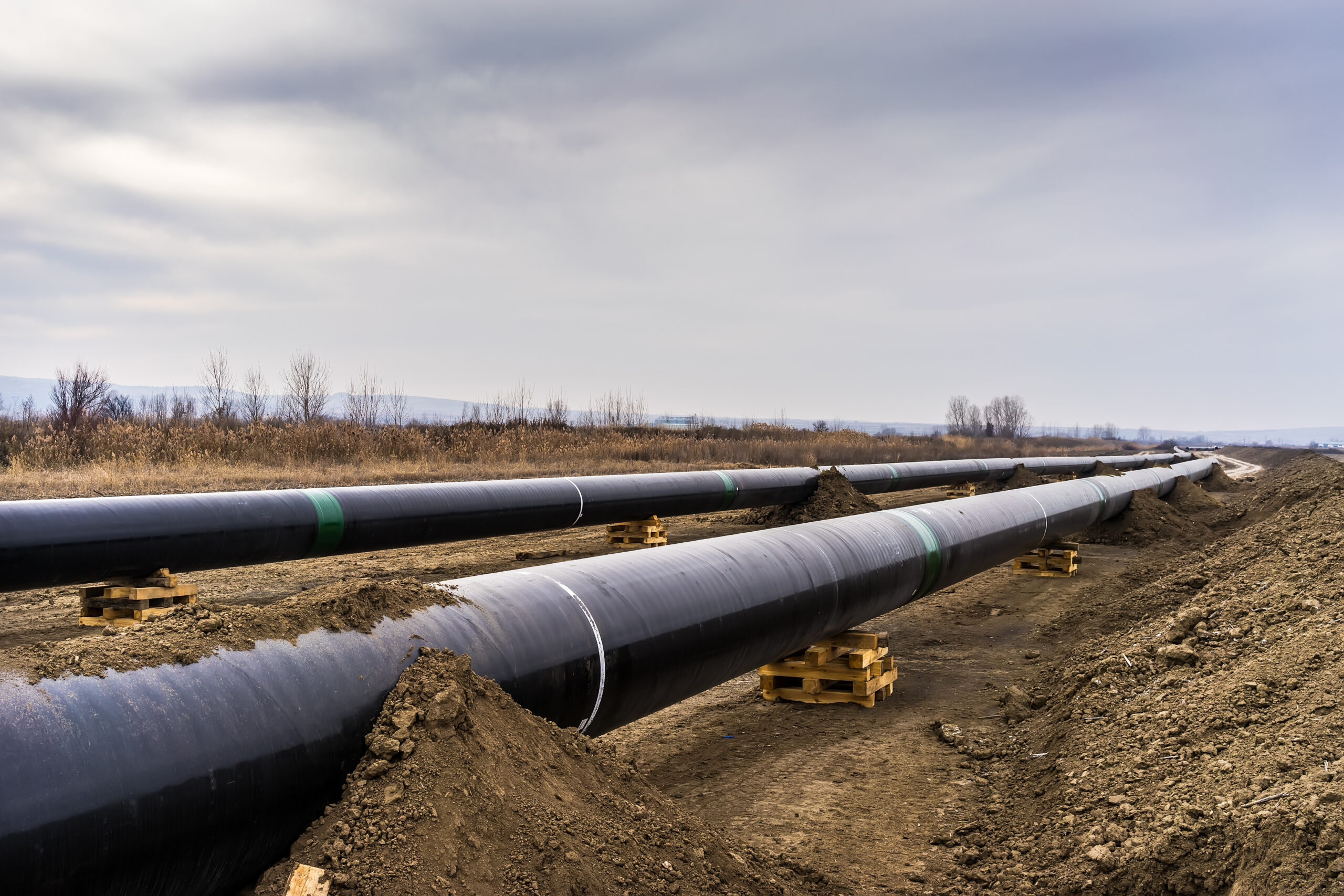Gas, nuclear disputed ahead of Italy’s elections
The future of gas in Italy is increasingly a matter of contention among parties, as the Ukraine crisis exposed the country’s dependence on Russian imports.

The future of gas in Italy is among the main points of contention between the various political groups running for elections this month, as climate and energy topics rise up in the political agenda amid a spiralling energy crisis in Europe.
The country is facing fresh political elections on September 25th, after current Prime Minister Mario Draghi stepped down from the role earlier in July.
While climate and energy are becoming more predominant in the electoral programmes of the various parties, “the biggest differences are on gas and nuclear,” Luca Iacoboni, head of national programmes at Italy-based think tank ECCO told Gas Outlook.
“There are essentially two different views: on one hand, the progressive front of the centre-left, with the Democratic Party, Greens and Five Star Movement, who are all against nuclear energy and push for a focus on renewable energy and energy efficiency,” and on using the existing infrastructure for natural gas, he said.
On the other hand, the centre-right encompassing Forza Italia, Giorgia Meloni’s Brothers of Italy and the League as well as and the so-called ‘third pole’ of centrists represented by Matteo Renzi’s Italia Viva and former minister of economic development Carlo Calenda’s Azione “are more favourable to [bringing back] nuclear to decarbonise [the economy] and address the increase in the cost of energy,” Iacoboni said.
Moreover, they see natural gas as pivotal to the energy transition and are therefore in support of new gas infrastructure, such as pipelines and LNG regasification plants.
Italy abandoned nuclear energy after a referendum in 1987 and reconfirmed that decision with a further referendum in 2011, laying the foundation for an energy mix heavily skewed towards fossil fuels and particularly natural gas.
The winner will also face the issue of updating the country’s energy and climate plan (PNIEC) which European countries are required to submit to the EU, with the current plan dating back to 2018 and therefore outdated against the goals set by the REPowerEU and Fit for 55 plans, Iacoboni noted.
Updating the new plan by focusing on renewables and national production of gas and biomethane is key to addressing the energy and climate emergency, Agostino Re Rebaudengo, president of lobby group Elettricita Futura, told Gas Outlook.
The group represents 70% of the Italian electricity market.
While all parties agree that renewables should have a central role in the energy mix moving forward, the country’s sector is “ten years behind” in its target to reach 85GW renewable capacity by 2030, accounting for 84% of electricity generation, he said.
In 2022, only 3GW of new renewable capacity will be added, despite targets of 5GW by year-end and 10GW per year to 2030, according to Elettricita Futura’s estimates.
The sector is also awaiting a decree which will detail those areas that are suitable for the development of the new capacity.
Gas dominant in Italy
Italy is the third largest consumer of natural gas in Europe, with demand exceeding 76 billion cubic meters in 2021, of which nearly 73 bcm was imported, mainly from Russia (29 bcm).
Against that backdrop, the future of gas in the country is increasingly a matter of contention among parties, as the Ukraine crisis exposed the country’s dependence on Russian imports.
While the complete phase-out of gas is not on the cards, there have been proposals on the left to phase out its usage in the electricity sector by 2035 to support decarbonisation targets, Iacoboni said.
If successful, centre-right leaders have pledged to increase national gas production, which declined 18% year on year in 2021 to just 3.3 bcm.
Moreover, they plan to increase LNG import capacity through both FRSUs and new terminals, as well as by doubling capacity at the Trans Adriatic Pipeline (TAP) which brings gas to the country from Azerbaijan.
A gas pipeline from Spain to Italy has also emerged as an option in recent months, with the respective TSOs, Enagas and Snam reportedly in talks to explore the option of an offshore link between the two countries.
For the centre-left on the other hand, they wish the focus to be on energy efficiency and renewables, so far weighed down by a lengthy approval process and local opposition stalling projects both onshore and offshore.
Aside from the differences in the approach to tacking energy and climate issues outlined in the various electoral programmes, concerns are growing that the energy crisis might be used “as an excuse to stall the energy transition,” Antonello Pasini, climate scientist at Italy’s National Research Council, told Gas Outlook.
Pasini is among a group of scientists behind a campaign known as “Choose the future”, which calls on the new government to address the climate emergency as a priority. They’re also calling for the establishment of a committee of scientists to support the government in the drafting of energy and climate policy.



